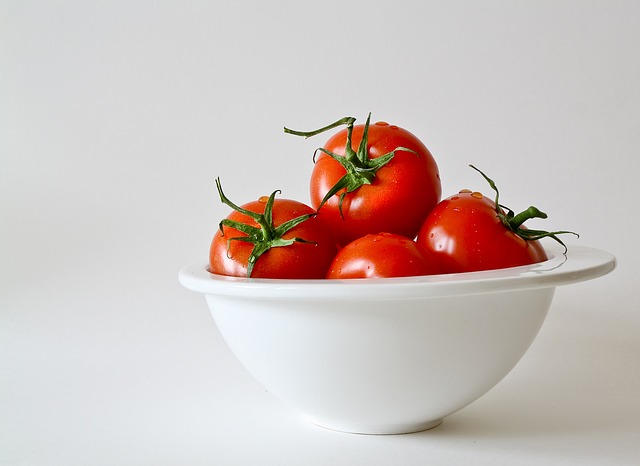
A diet rich in lycopene and vitamin D has been found to lower risks of prostate cancer in men according to the National Cancer Institute.
Nutrition experts have found a link between eating red-rich vegetables and lowering the risk of developing prostate cancer.
Prostate cancer is one of the most common cancers amongst men affecting the small gland found in the male reproductive system. Initial tests to the prostate involve a PSA (prostate-specific antigen) test to find out if there are any problems such as inflammation that could indicate possible development of cancer. The higher the PSA level, the more chance someone has of developing prostate cancer.
It is thought that a diet rich in lycopene found in vegetables and fruits such as tomatoes, watermelon, guava and red grapefruit, could help lower the overall levels of PSA. Lycopene is a powerful mix of antioxidants and nutrients that can contribute to the fight against cancers.
“Health experts say that one of the nutrition benefits in the fight against prostate cancer is lycopene – the reddish pigment that gives fruits and vegetables its natural color.”
Experts say that eating red vegetables such as red peppers and tomatoes for high lycopene levels is best done when they are cooked as more lycopene is released during the cooking process.
The National Cancer Institute (NCI) also says that vitamin D is a contender in the fight against prostate cancer in particular. The vitamin helps towards protecting the cells of the prostate gland and men with prostate cancer have shown much lower levels of vitamin D in their systems.
Although not 100 percent medically approved, vitamin D could one day be used in medical practice for treating prostate cancer as many studies have shown promise in dealing with the male-reproductive disease using vitamin D.
As a healthy diet, eating lycopene-rich foods and obtaining vitamin D levels through a small, recommended dose of daily sunlight could go towards a healthy lifestyle for men and together lower risks of developing prostate cancer.

Leave a Reply